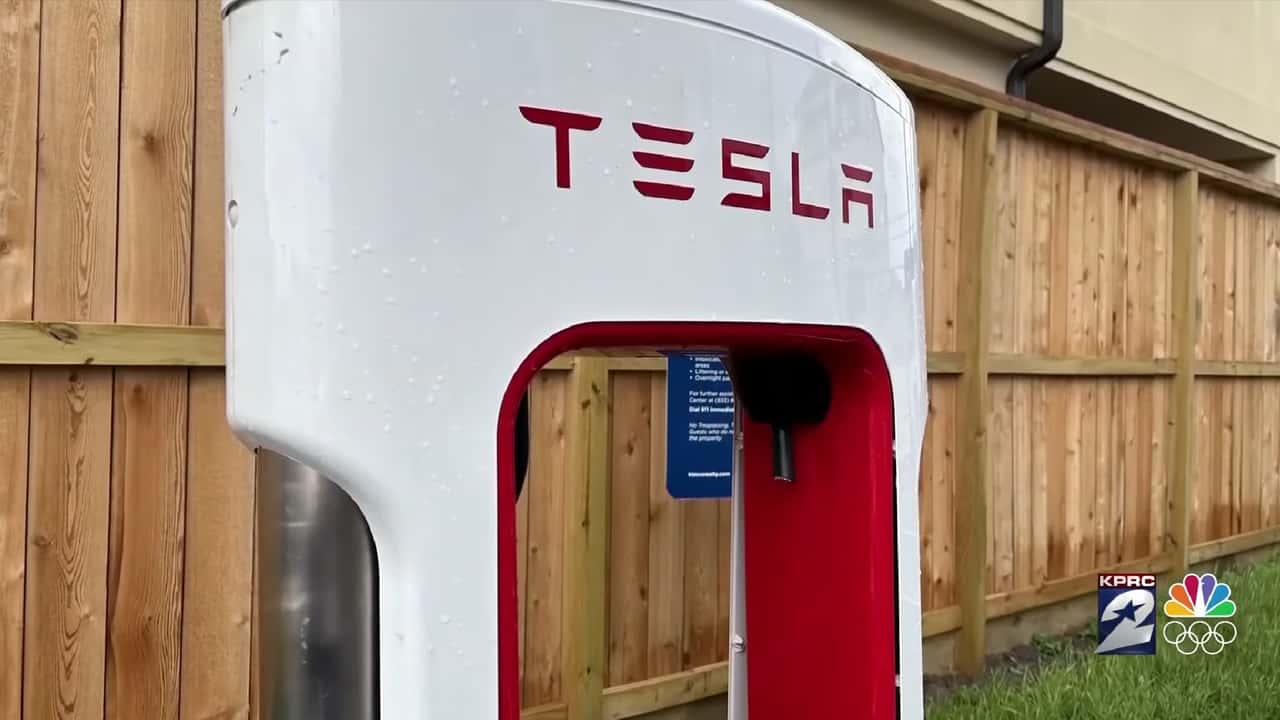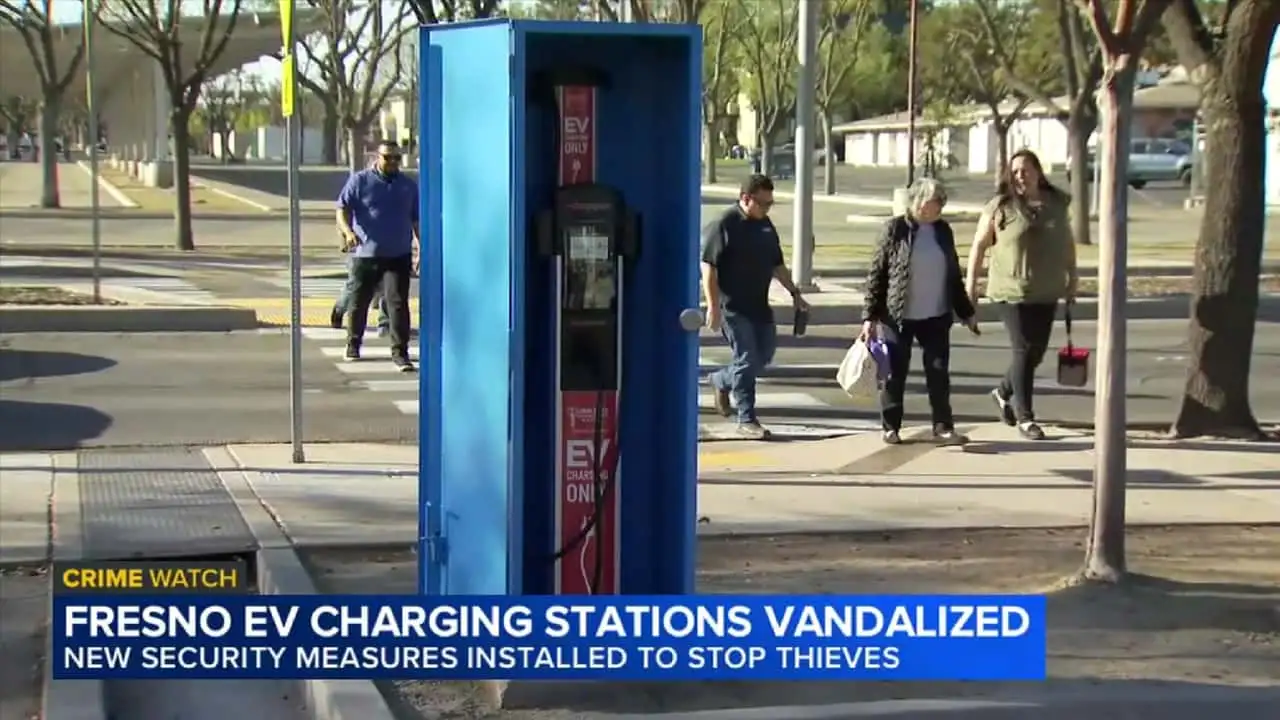Rising Incidents of Vandalism
Across the United States, from Texas to California, there has been a surge in vandalism targeting electric vehicle (EV) charging stations. Notably, Tesla Superchargers and various public charging points have been compromised, with incidents involving severed cables and damaged infrastructure reported in cities like Houston and Fresno. These attacks not only cause significant financial losses—often amounting to thousands of dollars for each repair—but also considerable inconvenience for EV owners reliant on these facilities for their transportation needs.

Motivations and Implications
The motivations behind these acts vary from criminal intentions to harvest copper from the charging cables, a material that fetches a price on the scrap market, to ideological opposition against electric vehicles. This criminal activity disrupts the availability of charging infrastructure, essential for the growing number of EV users, and poses broader questions about the security of critical transportation infrastructure. The frequent targeting of these assets highlights a crucial vulnerability in urban planning and the need for enhanced protective measures.


Preventive Measures and Long-Term Solutions
In response to these challenges, some cities are adopting more robust security measures. For instance, Fresno is installing protective cabinets around charging stations and locking them during off-peak hours to prevent unauthorized access. Additionally, enhancing surveillance around these sites, increasing lighting, and positioning chargers in well-trafficked areas could deter potential vandals. These steps are vital not only to protect the infrastructure but also to reassure the public about the reliability and safety of transitioning to electric vehicles.
